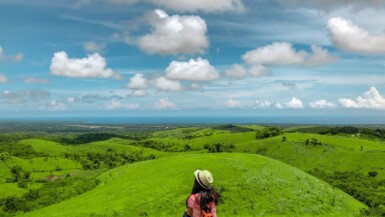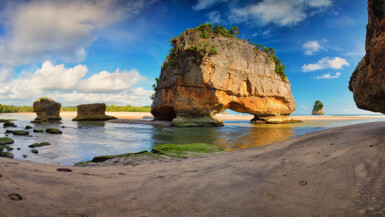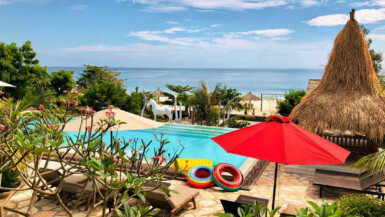One of the reasons why Indonesia has become one of the most popular destinations for tourism is the beautiful surrounding environment one can enjoy. Not only that, the local culture of some places is still strong and may be different from the usual customs we usually see every day. That is why the country can attract many people to visit. Among those places, Praijing Village is one of them.
The village is a destination spot known for its beautiful scenery and local traditions that are still held until today. It is located on one of many islands Indonesia have, the Sumba Island. If you’re interested in visiting the place, let’s familiarize yourself with the place first.
The Village’s Background
As mentioned, Praijing Village lies on the island of Sumba, East Nusa Tenggara Province, one of the provinces located within the Lesser Sunda Islands. The village is massively funded and developed by the local government in the hope that not only the village continues to grow but also attract tourists to come.
The houses in the village have a unique feature: It is arranged using stones found in the megalithic period. This feature can also be found in their neighbor village, the Ratenggaro Village, in which the graveyards of their people are constructed using similar stone. The village is also surrounded by lush trees, which makes the place a lot warmer during the dry season and helps keep the people feel cool.
The Access to the Village
It is pretty simple to reach the Village. The village is only 3 km away from Waikabubak, the capital city of the West Sumba District. So, if you’ve just arrived in the city, you can easily reach the village in only 6 minutes using a vehicle. If you’re up to it, you can even walk or jog to the village. The village should be at the east side of the city, so heads there to get to the village.
Unfortunately, public transportation such as train or bus is not accommodated to reach the village. Unless you are a local who owns a vehicle, you need to rent a car/motorcycle to get to the village. Because of the close proximity, you can easily get any supplies you need just by going to the city.
What to Expect from the Village
Aside from being structured of megalithic stones, the houses in Praijing Village are divided into three floors. The first floor is Lei Bangun, which people use to shelter their farm animals. The second floor is where the resident lives and do their activities. The floor is called Rongu Uma. And lastly, the third floor is where the owner put their food supplies and family heirloom. The floor is known as Uma Daluku. For some houses, they also put the kitchen and cook there, giving easy access to the food ingredients.
There are thirty-eight traditional houses which can be found in the village. Initially, there were forty-two houses in the village. But unfortunately, four of them were caught in a fire and burned back in 2000. The houses in the village are usually known by two names, Uma Bokulu and Uma Mbatangu. Uma Bokulu means a giant house, while Uma Mbatangu means giant tower. The shape of the houses is in a stage form, similar to the traditional houses found in Dayak Tribe.
You can also learn and experience the local culture during your visit to the village. If you visit during February, March, or November, the people of Sumba will be holding some local traditions. Those traditions are Pasola and Wula Podu.
Pasola is a local tradition in which two people compete with each other. While riding the horse, they must battle using a spear (with the point part removed) and be the last man standing. Wula Podu is a ritual in Merapu religion, a local religion. Both traditions are held as a sign of gratefulness towards their ancestors who have work hard and face many challenges to keep their community alive.
Praijing Village is one of the go-to places if you’re visiting Sumba Island. Because it is close to a local town, you don’t have to worry about its accessibility. With its beautiful surroundings and nice people residing there, this village is a perfect place if you want to spend your holiday looking for a relaxing place while also learning the new and local culture/customs.




